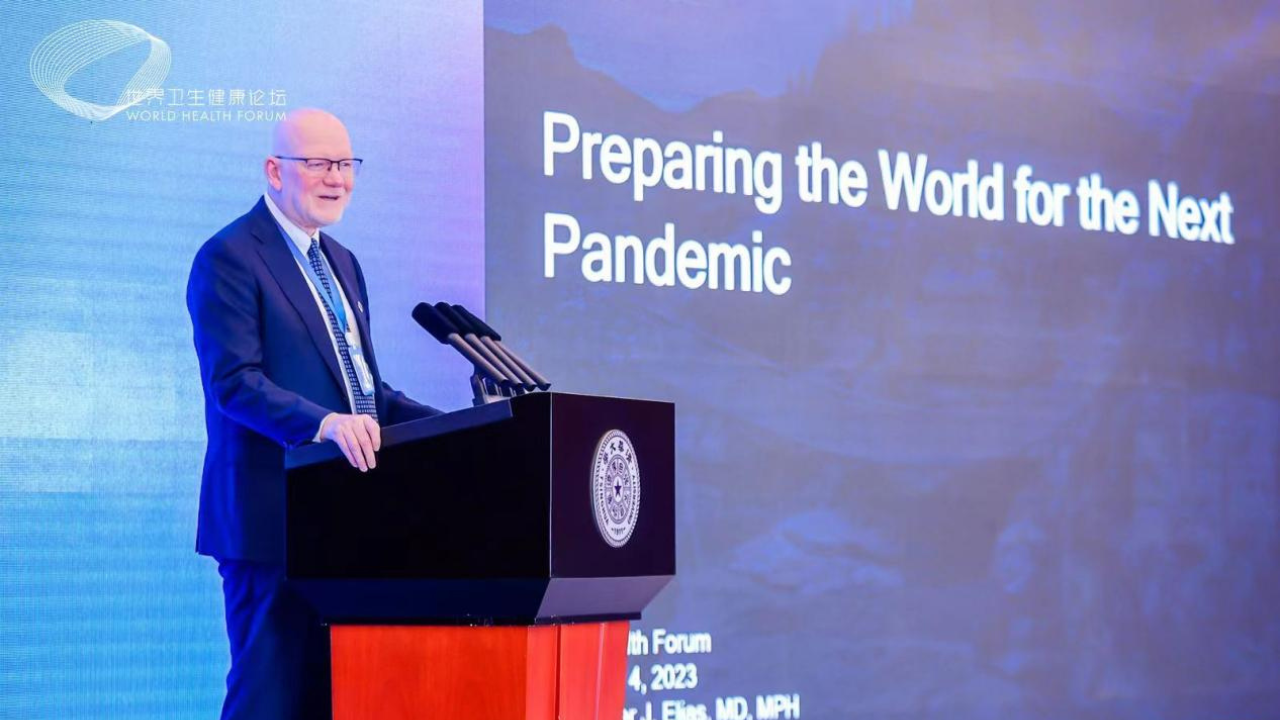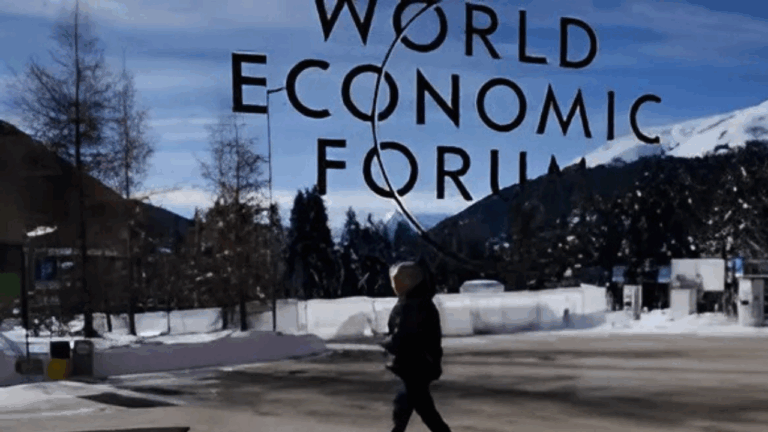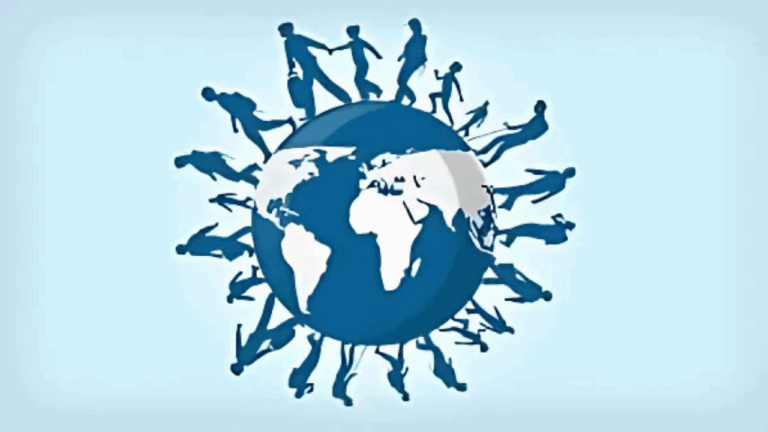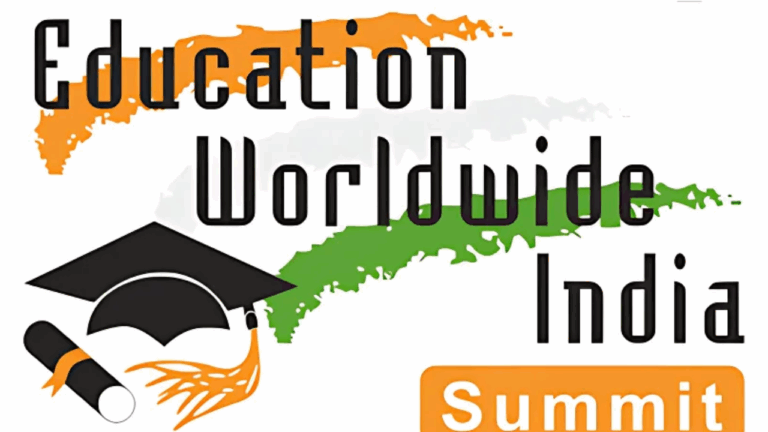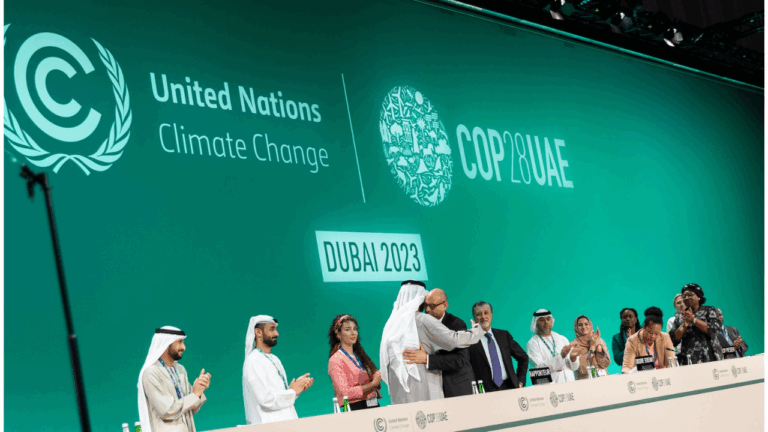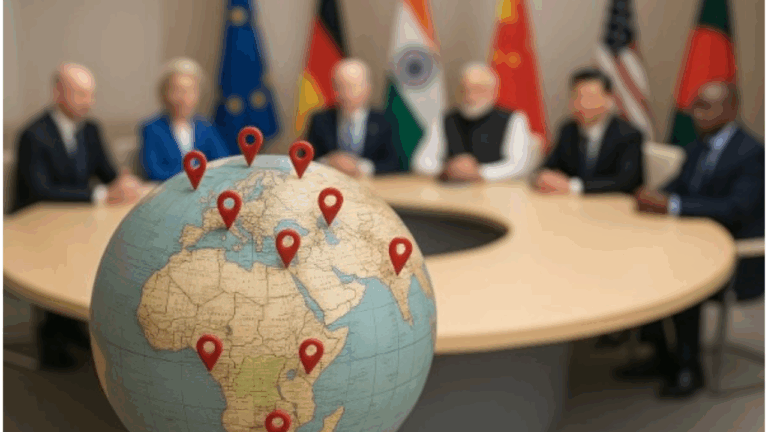Global Health Summit 2025: How the World Is Getting Ready for Future Pandemics
The COVID-19 pandemic changed the world in many ways. It showed us that no country, big or small, was fully prepared. In 2025, world leaders gathered again to talk seriously about one big question: How can we protect the world from the next pandemic?
The Global Health Summit 2025, held in Geneva, brought together 124 countries, including India, to discuss how to respond better, faster, and more fairly to future health emergencies.
This detailed report from Social Impact Insight breaks down everything you need to know in simple terms.
Why Was the Summit Held?
The summit was organised by the World Health Organization (WHO). The main goal was to create a strong international agreement on how countries will cooperate during the next health crisis — just like how climate change treaties work.
During COVID-19, many poor countries struggled to get vaccines and oxygen, while richer countries hoarded supplies. This new agreement aims to make things fairer and faster next time.
What Was Discussed?
A New Global Pandemic Agreement
The biggest outcome of the summit was the draft of a global pandemic treaty, which includes:
- Early sharing of information about new viruses
- Fair access to vaccines and medicines
- Stronger public health systems in all countries
- Transparent data sharing between nations
This means that no country should hide or delay information about any new disease, and every country should get equal support — rich or poor.
What Did WHO Say?
WHO Chief Dr. Tedros Adhanom Ghebreyesus said,
“This agreement is not just about science. It is about solidarity and safety. It is about protecting future generations from suffering.”
He also thanked India for supporting the initiative and said that India’s leadership in vaccine production will be key in future health efforts.
India’s Role in the Summit
India played an active part in the summit. As one of the largest vaccine-producing countries, India supported the need for equal access to healthcare and pledged to share knowledge and resources.
India also highlighted its focus on digital health, including platforms like CoWIN, which helped manage COVID-19 vaccine appointments efficiently. These systems are now being offered to other countries as a model.
What Are the Challenges?
While the agreement sounds promising, not everything is simple. Some countries, like Slovakia, raised concerns about national control. Others questioned how the treaty will be funded, especially since major donors like the U.S. have recently reduced their financial support to WHO.
Also, the full details of the treaty are still under discussion, and experts say it may take another two years before it’s officially signed.
What Does It Mean for India and the World?
This summit shows that the world is finally taking pandemic planning seriously. If countries stick to the promises made:
- We can detect new diseases early
- Vaccines will be shared fairly
- Health systems in poor countries will improve
- Panic and confusion during pandemics can be reduced
India stands to gain by being a responsible global health partner and by ensuring better preparedness at home.
Final Words
The Global Health Summit 2025 may not have all the answers yet, but it is a big step in the right direction. After facing a pandemic that shook the world, leaders are now building a stronger foundation to face whatever comes next.
To stay updated on global issues that affect us all — from health to politics to climate — follow Social Impact Insight, your trusted source for world news in simple language.
✅ Bookmark our site
✅ Share this story with friends
✅ Stay aware, stay prepared!

